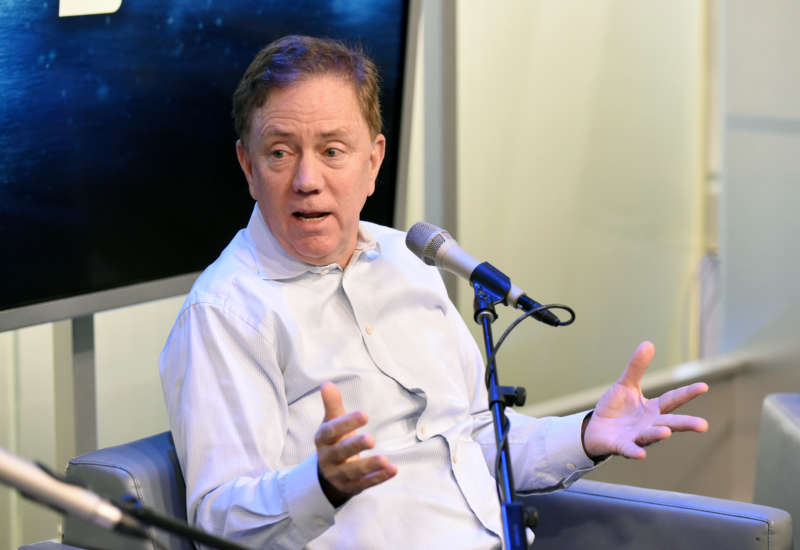Since the start of the pandemic, Connecticut’s fourteen billionaires have seized $12.6 billion in additional wealth — while hundreds of thousands of working people across the state, especially working people of color, are suffering.
As the converging crises over the last year and a half have underscored, Connecticut has become a microcosm of the extreme racial and economic disparities in the United States. It consistently ranks as the wealthiest state here in the world’s wealthiest country. But it also ranks among the most unequal.
On a mission to end this injustice and create a more equitable state, nearly 50 labor, community, and faith organizations have formed a statewide coalition named Recovery For All. The coalition aims to unite progressive forces and reshape how Connecticut approaches the state budget: rather than perpetuate failed austerity policies that exacerbated inequalities over the last few decades, the state must actively eliminate inequalities by making dramatic investments in working-class communities and working-class communities of color in particular.
Ensuring the resources our communities need to flourish is impossible without a strong, fair, and reliable revenue stream. Recovery For All is leading a campaign for reforms that would boost revenue by taxing the wealthy and corporations, provide relief to poor and working-class residents, and fully fund vital programs and services. Similar efforts abound in states throughout the country; in nearby New York and New Jersey, allied coalitions recently won major victories.
Although Democrats maintain a state government trifecta in Connecticut, this year they have sparred with one another over progressive tax reform. Governor Ned Lamont routinely emphasizes his commitment to equity — but refuses to support tax increases on the wealthy. Challenging the governor to back up his rhetoric with action, Recovery For All has echoed an incisive catchphrase coined by State Senator Gary Winfield: “Equity Requires Revenue.” In other words, if Connecticut is serious about addressing systemic inequities, then elected officials have to repair the regressive tax structure which currently reflects and entrenches them.
Over the last six months, Recovery For All joined together with a bloc of several dozen champions inside the state legislature to make the push. At a public hearing before the Finance, Revenue, and Bonding Committee, 300 coalition members showed up to testify, sharing hours of stories illustrating why we must invest in our communities through progressive tax reform. As a result, the committee passed a package that would generate nearly $1.5 billion in new revenue by increasing taxes on the wealthy.
Outside the capitol, Recovery For All has demonstrated our key source of power: mass action in the streets. The coalition organized rallies, marches, car caravans, prayer vigils, and other mobilizations.
On May Day, for example, hundreds of people from many different organizations staged a die-in before the Governor’s Mansion to dramatize the staggering level of unmet need statewide. Coalition members worked together on actions to spotlight specific areas of investment: health care workers and community activists demanding expanded mental health services in black and brown neighborhoods; immigrant residents and labor department employees demanding expanded protections for low-wage workers; faculty, staff, and students demanding expanded public colleges and universities, etc. Our actions thus offered opportunities to forge relationships and build solidarity across organizations.


